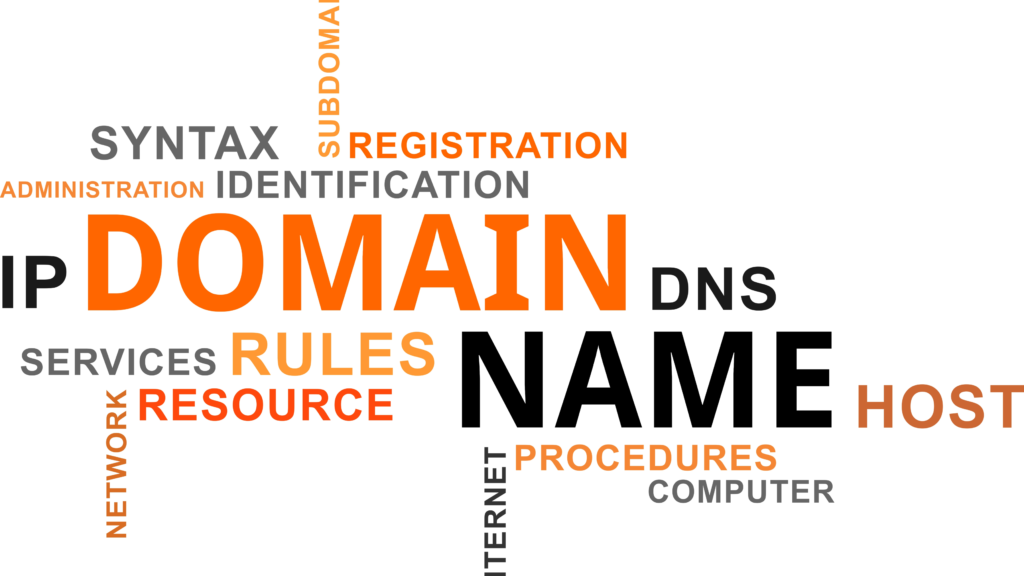Website Management

Introduction
A domain is a distinct, easily recognizable name that is used to locate and visit websites on the internet. Users can type a domain name, which is simple to remember and use, to access a website instead of typing an IP address, which is a lengthy string of numbers. Each domain name is associated with a unique IP address that directs traffic to the website’s hosting server.
Types of Domains
Domains that are generic is popular top-level domains (TLDs) such as.com, .net, and.org. These are frequently used by individuals, companies, and organizations for any kind of website.
Domains Particular to a Nation can make use of TLDs with country codes, or ccTLDs, such as.us,.uk, or.fr. Businesses and individuals in particular areas frequently use them to signify a local presence.
High-end domains are deemed “premium” because of their popularity, brandability, or briefness. In domain marketplaces or auctions, certain domains are frequently offered for more money.

The Operation of Domains:
Registering a Domain: A domain register (such as Namecheap, Hostinger, or GoDaddy) is required to register domains. To register a domain name for a set amount of time (typically 1–10 years), the domain owner must select one that is already in use and pay a fee.
DNS Resolution: A browser sends a request to the DNS to resolve a domain into an IP address when a user types a domain into their browser. The browser is directed to the website’s hosting server using this IP address.
Establishing a Web Hosting Connection:
A domain must be connected to a web hosting provider, where the website files are kept, after it has been registered. The IP address of the hosting server must be pointed to by the domain’s DNS settings.
Renewal and End of Term: Since domains are not owned forever, they must be renewed on a regular basis. A domain expires and becomes open for registration by others if it is not renewed.

Domain Name System (DNS)
The DNS is the mechanism that converts domain names into matching IP addresses. In this way, users can access websites by entering in their domain name, with the DNS taking care of the conversion in the background. After selecting a domain that is available, you can register it for a price. One can frequently choose to register for one, two, or even ten years at registrars. You must set up DNS settings to direct your domain to your web hosting company after registering. This connects the domain to the hosting server for the files on your website.
Conclusion
Getting a domain is crucial to creating an online identity. It makes your website available to users by acting as its address. Choosing, registering, and managing a domain is an essential first step in creating and managing a website. Selecting the ideal domain is essential for user accessibility, SEO, and branding. A carefully considered domain name ought to be brief, pertinent, and simple to remember. To activate the website, the domain must be connected to a hosting provider after registration. For the domain to stay operational, proper DNS setup and frequent renewal are necessary.
Recent Comments
No comments to show.
